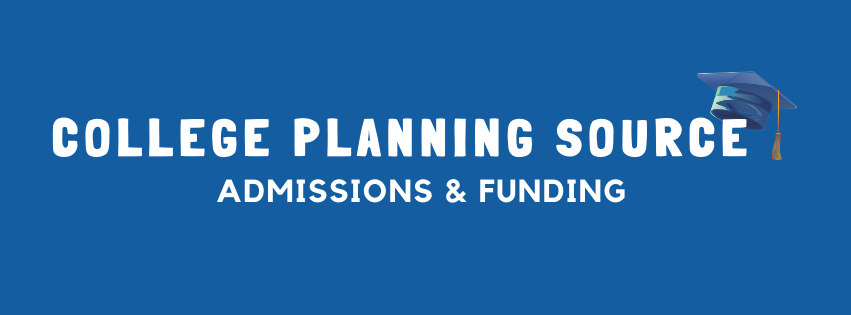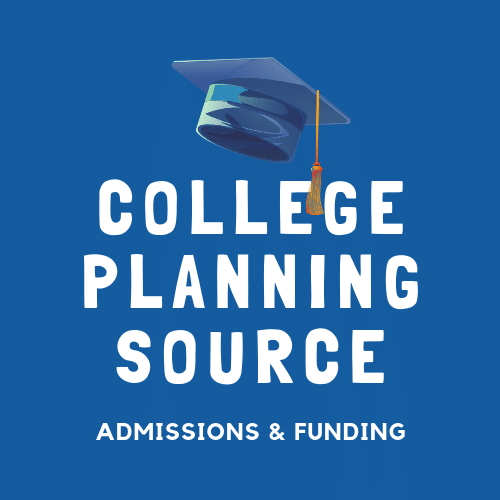-
Standardized Testing
- Navigating the World of AP Testing
- Understanding the New Digital SAT and ACT
- Navigating SAT/ACT Test Prep
- Understanding the National Merit Scholarship: A Guide for High School Students
- Understanding the PSAT: A Guide for High School Students
- Understanding the International Baccalaureate (IB) Program and Its Course Offerings
- Understanding the International Baccalaureate (IB) Exams
- Preliminary SAT (PSAT)/ National Merit Scholarship Qualifying Test (NMSQT)

As a high school student, you’re likely aware of the various scholarship opportunities available that can assist with college tuition. One of the most prestigious and well-recognized is the National Merit Scholarship. Here’s a detailed overview of what the National Merit Scholarship is, how to qualify for it, its benefits, and how it is viewed by colleges.
What is the National Merit Scholarship?
The National Merit Scholarship Program is a United States academic scholarship competition for recognition and university scholarships administered by the National Merit Scholarship Corporation (NMSC), a privately funded, not-for-profit organization. The program began in 1955 and is designed to identify and honor academically talented U.S. high school students.
How to Qualify for the National Merit Scholarship
Qualifying for the National Merit Scholarship is a multi-step process:
- Take the PSAT/NMSQT: The Preliminary SAT/National Merit Scholarship Qualifying Test (PSAT/NMSQT) is the primary route through which you can become eligible for the National Merit Scholarship. It is typically taken in October of your junior year of high school.
- Score High Enough to Be a Semifinalist: Scoring within the top 1% of your state’s high school juniors can qualify you as a semifinalist. This percentage can vary slightly each year based on the test results, but scoring in the high 1400s out of 1520 often suffices.
- Advance to Finalist Status: Once designated as a semifinalist, students must submit a detailed scholarship application, which includes an essay, information about extracurricular activities, awards, and a recommendation from a high school official. Finalists must also have a consistently very high academic record and receive endorsement and recommendation by their high school principal.
- Win a Scholarship: Finalists compete for National Merit Scholarships, which can be sponsored by the NMSC, corporations, or colleges and universities.
Benefits of the National Merit Scholarship
The benefits of becoming a National Merit Scholar are significant:
- Financial Award: National Merit $2,500 Scholarships are single-payment scholarships that are awarded by state. There are also corporate-sponsored and college-sponsored scholarships that vary in amount and may provide up to four years of undergraduate support.
- College Admission Advantage: Being a National Merit Scholar or even a semifinalist can significantly enhance a student’s college application, showcasing a high level of academic achievement and intellectual promise.
- Networking Opportunities: Scholars gain access to a network of other high-achieving students and professionals, which can be invaluable throughout their academic and professional careers.
How Colleges View National Merit Scholars
Colleges and universities highly regard the National Merit Scholarship designation. Being a finalist or a scholar signals to admissions officers that the student is among the top performers nationally. While not a guarantee of admission, this recognition can enhance an applicant’s profile, making them more competitive at highly selective institutions. Some colleges even offer substantial scholarships specifically for National Merit Finalists to attract top talent.
The National Merit Scholarship Program offers numerous benefits, not just in terms of financial aid but also in elevating a student’s college application. Achieving recognition in this program is indicative of academic dedication and excellence, qualities that are highly valued by colleges and universities. For any high school student aiming high, the National Merit Scholarship is a worthy goal that requires early preparation and a strong performance on the PSAT/NMSQT. Starting early with practice tests and a rigorous academic curriculum can set the foundation for success in this prestigious competition.
Ready to get some guidance? Schedule a College Planning Assessment today!
Want college planning guidance delivered to you?
Sign up for our Counselor’s Corner Newsletter to receive helpful information and tips for
both parents and students on navigating the college admissions journey.



